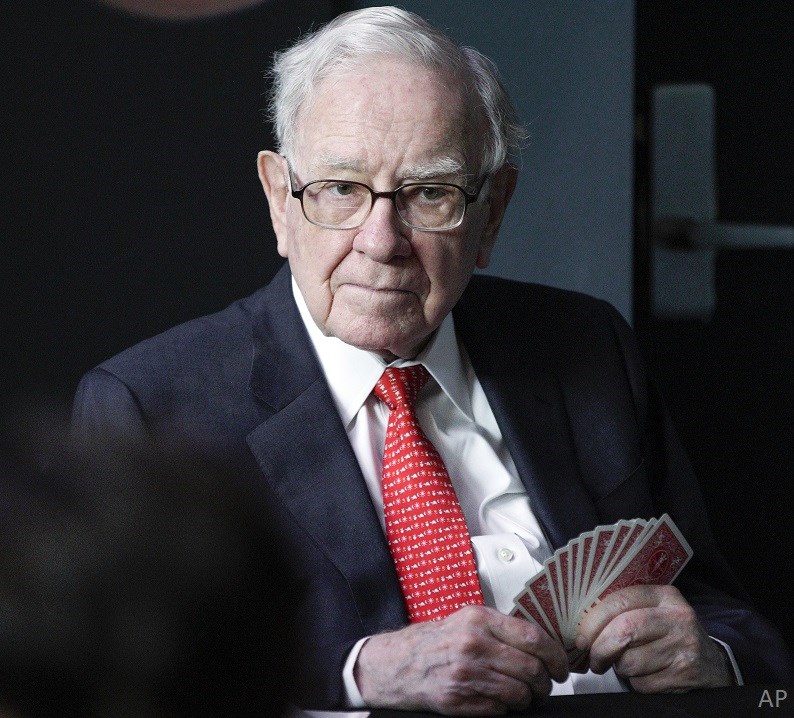
Manufacturing is not a big part of the S&P/TSX index. The difficulty is compounded by the fact that ‘manufacturing’ does not stand on its own as a sector.
Where are these companies, then? You might assume manufacturers would fall under ‘industrial products and subservices’, but this sector also includes Finning (a Caterpillar machinery reseller), Canadian National Railway and Ritchie Bros. Auctioneers. At the same time, you might find manufacturers in other subsectors like clean technology, consumer products and services, life sciences and technology.
Manufacturing Doesn’t Deserve the Neglect
This relative neglect contrasts with the outstanding contribution of manufacturing to the Canadian economy.
It is a sector “known for punching above its weight and making outsized contributions to the Canadian economy,” emphasizes Sri Thanabalasingam, senior economist at TD Economics. “Despite only making up 10% of the economy, it continues to drive roughly two-thirds of Canada’s outward-bound goods. In addition, 35% of the nation’s research and development (R&D) expenditures can be attributed to Canadian manufacturers.”
If we widen the scope to include “innovation”, the share coming from manufacturing ratchets up to 55% in Canada. In the United States, the contribution of manufacturing is even more impressive, accounting for 90% of patents and R&D spending, according to the U.S. International Trade Commission. “Manufacturing is the anchor point of the middle-class," states Louis Duhamel, strategic advisor with Deloitte.
Not All Manufacturing is Equal
Manufacturing has been through a rough patch due to the pandemic and has not quite pulled through. In April, output contracted by nearly 30% year over year, reports Thanabalasingam. Like the rest of the economy, it picked up, but at the end of October, it was still 5% under the previous year’s level overall, its recovery slowing down because of all the uncertainties surrounding the pandemic.
Manufacturing is not as bad as other sectors savaged by the pandemic, such as entertainment, hotels and travel. In fact, two sub-categories have done particularly well, with year-over-year increases of about 15%: miscellaneous (medical equipment, jewellery, toys, etc.) and wood products. Others, like paper, non-metallic minerals and chemicals are on par with the previous years, but many others are still about 10% under, like printing (-18%), textiles (-10%) and transportation (-8%).
The long and short of it is that “companies supplying consumers have somewhat benefited, while those supplying businesses have not done as well,” summarizes Thanabalasingam.
Stocks in Focus
The performance of some company stocks confirm that observation. Dorel Industries is active in the areas of recreational, home and juvenile products, and its stock is up an eye-watering 232% year-over-year. Other top performers include BRP (which makes skidoos), up 42%, auto part manufacturers Linamar and Magna International, up 38% and +31% respectively, and clothing manufacturer Aritzia, which gained 35%.
But beware the prison that categories build. Canfor and Norbord are listed under the IPS category, yet they have experienced a phenomenal year, Canfor jumping by 105% from $11.89 at the end of January 2020 to $24.45 at the end of January 2021, Norbord in the same period increasing by 48%, all thanks to consumer demand.
“Following the pandemic and people working from home, many were renovating or building new homes, explains Doug Warwick, managing director at TD Asset Management. Those industries could not meet demand and prices went crazy. Prices are still abnormally high and inventory channels have not been filled yet.”
However, quite unexpectedly, some IPS stocks that are nowhere near consumers have pulled ahead brilliantly. For example, two steel manufacturers, Stelco and ADF Group show increases of their stocks of 134% and 29% respectively. Even a company like ATS Tooling Systems, also in the challenged IPS sub-sector, has managed to see its stock move up by 14% year over year.
Some manufacturers also ride waves of strong demand in other favoured sectors. In clean technology, Ballard Power Systems, which manufactures clean energy fuel cells, has seen its stock skyrocket by 242% year over year.
Should You Buy?
With chances of the pandemic onslaught continuing thanks to a COVID 2.0 virus, last year’s manufacturing winners could continue their drive. “It’s certainly a good idea to stay with BRP, because it profits from social distancing and people’s boredom,” says Stéphane Rochon, strategy specialist at BMO Wealth Management.
However, the pandemic might very well recede, and we could then witness “spectacular turnarounds, for example in airlines, energy and hotel chains,” adds Rochon. All these are service areas.
However, it is important to remember that past performance is no guarantee of future results. Don’t base your investment decisions solely on impressive numbers and do your research before investing.







.jpg)













